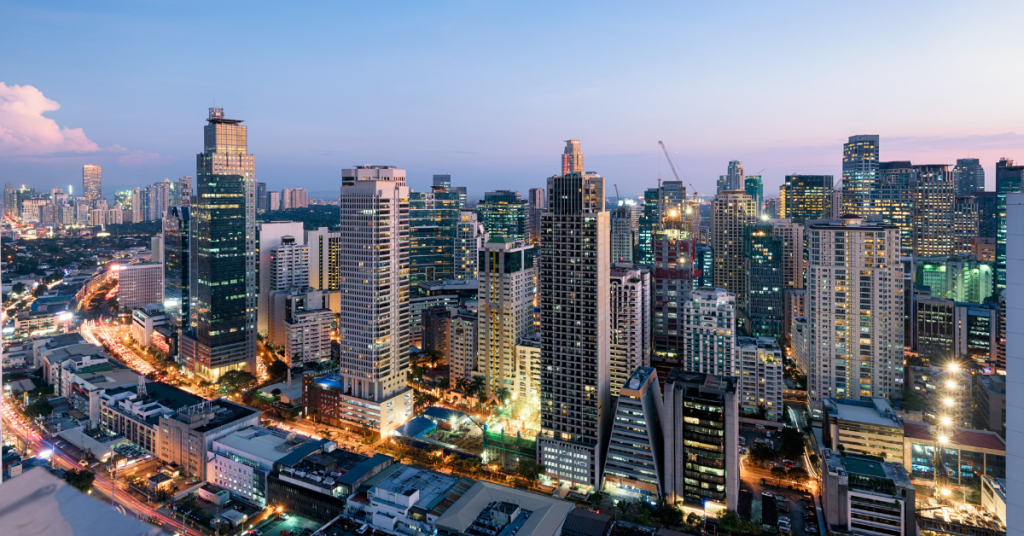In a region as dynamic as Southeast Asia, where economies are booming and development strategies vary widely, the Philippines stands at a critical crossroads. A recent comparative snapshot—“Southeast Asia By The Numbers”—sheds light on how the country stacks up against its ASEAN neighbors across key economic and demographic metrics. The data, drawn from the World Bank and IMF, covers GDP, GDP per capita, education and military spending, and population estimates for 2025.
A Mid-Sized Giant in Population, But Not Yet in Wealth
The Philippines is projected to reach a population of 114.4 million in 2025, making it the second most populous nation in the region after Indonesia (284.4M). Despite this demographic strength, its GDP per capita is a modest $4,800, well behind regional leaders like Singapore ($95,900) and Brunei ($35,000).
Even neighboring Thailand ($7,800), Vietnam ($5,000), and Malaysia ($13,100) have significantly higher income per person. This gap underscores a recurring challenge for the Philippines: how to translate a large, young, and fast-growing population into inclusive and sustainable economic growth.
The Size of the Economy: Ambitious, But Still Catching Up
By 2025, the Philippines is forecasted to generate a GDP of $546 billion. That places it third in absolute terms, trailing Indonesia ($1.47 trillion) and Singapore ($655 billion). While this reflects ongoing growth, the Philippine economy remains heavily reliant on sectors such as remittances, BPO services, and consumption, which may not offer the same long-term productivity gains seen in manufacturing or high-tech sectors fueling growth in Vietnam and Malaysia.
The emerging question is whether this economic volume can be converted into per-capita prosperity. Clearly, higher GDP alone is not enough—how that wealth is distributed and reinvested is what will define the country’s trajectory.
Education and Military Spending: Striking a Balance
One of the more revealing comparisons is how each country allocates national resources. The Philippines spends 3.6% of its GDP on education, among the higher proportions in the region—tied with Myanmar and just below Vietnam’s 4.1%. This indicates a commitment to investing in human capital, a vital ingredient for long-term competitiveness.
However, military spending remains relatively high at 2.5% of GDP, second only to Myanmar (3.6%). While regional security challenges and internal threats may justify this level, critics might argue that such funds could be better spent on infrastructure, healthcare, or digital transformation to drive inclusive development.
Vietnam: A Case Study in Efficiency
One standout from the data is Vietnam. With a population of 104.5 million, similar in size to the Philippines, Vietnam generates a GDP of $499 billion—only slightly lower than the Philippines—but with better per-capita income ($5,000) and a higher percentage of GDP allocated to education (4.1%).
Moreover, Vietnam spends just 2.2% on military, suggesting a more development-focused budget strategy. Its aggressive investments in manufacturing, education, and infrastructure have attracted global attention and foreign direct investment, leading many to call it the region’s rising tiger.
Singapore and Brunei: High Income Outliers
Of course, no discussion of Southeast Asia would be complete without acknowledging outliers like Singapore and Brunei. Singapore’s GDP per capita of $95,900 makes it the undisputed economic heavyweight in the region on a per-person basis, while Brunei’s $35,000 remains high thanks to its oil wealth.
But these cases are not easily replicable. Both countries are small, strategically positioned, and benefit from unique historical and economic conditions.
The Road Ahead: Reform, Reinvest, Refocus
For the Philippines, the data tells a mixed story. The country is growing, but not fast enough per person. It is spending on education, but likely not effectively enough to catch up with better-performing peers like Vietnam. And while the population is a powerful asset, it could also become a liability if job creation, skills development, and income growth do not keep pace.
To truly “win” in Southeast Asia, the Philippines needs to shift its focus from consumption-led growth toward productivity-driven development. That means smarter budgeting, bolder reforms, and long-term investments in people, infrastructure, and innovation.
Conclusion
The numbers show promise—but also urgency. Southeast Asia is not waiting. For the Philippines to emerge as a true economic force in the region, it must do more than grow—it must grow smarter.
![]()



